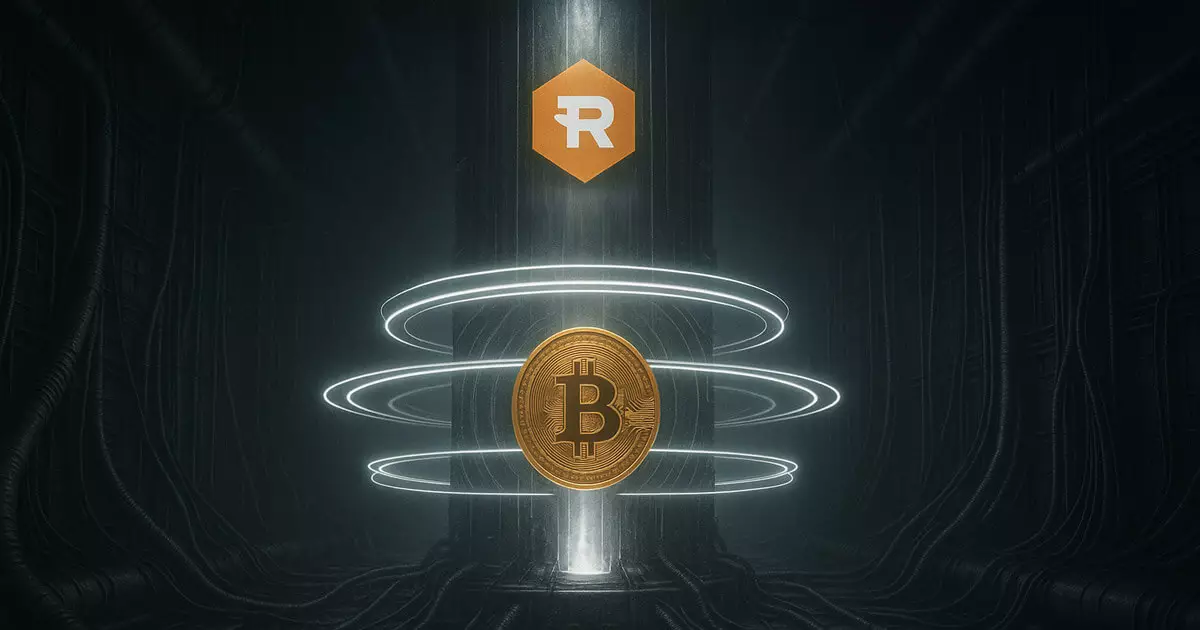Riot Platforms recently made headlines by securing a $100 million credit agreement with Coinbase, a bold move that highlights both innovation and desperation within the Bitcoin mining industry. The strategy involves leveraging their substantial Bitcoin treasury—which stands at an impressive 19,233 BTC, valued around $1.8 billion—as collateral for the loan. While the financial maneuver appears logical on a surface level, it raises significant concerns about the long-term sustainability of mining operations in an increasingly hostile economic landscape.
The Weight of Tariffs and Equipment Costs
One might think that pairing Bitcoin holdings with a loan would position Riot Platforms favorably in the market, but this is offset by external economic pressures. A recent Bitwise report outlines the staggering impact of U.S. tariffs on mining equipment sourced from countries like Vietnam and Thailand, where import duties can soar between 24% and 46%. The result? Enhanced operational costs that can cripple profit margins. Moreover, miners’ equipment is rapidly becoming more expensive, complicating any plans for expansion and drawing into question the viability of current and future mining projects.
Mining Difficulty: The Invisible Enemy
Another pressing issue is the relentless increase in mining difficulty—an insidious factor that continues to erode profitability. The difficulty of mining Bitcoin has reached unprecedented levels, which means that the computational power required to successfully mine one block now demands a more substantial investment in technology and energy. As a direct consequence, the hashprice—a critical metric for assessing miner earnings—has nosedived to around $48, plummeting from over $60 earlier this year. This not only jeopardizes existing mining operations but also diminishes investor confidence in the entire sector.
Shifting Investor Interests
The competition for capital has become fierce, forcing Bitcoin miners to reevaluate their place within the cryptocurrency ecosystem. Interest is shifting toward crypto exchange-traded funds (ETFs) and firms that hold Bitcoin as part of a diversified treasury strategy, drawing potential investments away from mining stocks. With firms like Strategy and Metaplanet paving the way for a more straightforward investment vehicle, miners like Riot Platforms may struggle to attract the necessary funding to sustain operations or embark on ambitious expansion plans.
Non-Dilutive Funding: A Closer Look
While Riot touts its Bitcoin-backed credit facility as a source of “non-dilutive funding,” the reality is complicated. Although avoiding dilution may seem appealing in the short term, it highlights the firm’s precarious position—relying heavily on assets in an unstable market. This strategy, while financially astute, emphasizes a risky dependence on the price of Bitcoin and broader market conditions, leaving investors questioning whether such tactics can truly foster long-term growth.
Riot Platforms’ recent financial maneuvers shine a light on the broader challenges faced by the cryptocurrency mining industry. With escalating operational costs, competitive pressures, and fluctuating investor interests, the question remains: Can Bitcoin mining adapt and thrive in an environment fraught with hurdles, or are its days numbered?
















Leave a Reply